The Importance of Proper Tackle Storage: Types and Tips to Choose the Best for Your Needs
When it comes to fishing, having the right equipment is only half the battle. The other half involves keeping that gear well-organized and easily accessible, and that’s where proper tackle storage comes into play. Whether you are an occasional hobbyist, a weekend angler, or a dedicated fishing enthusiast, managing your fishing tackle is crucial for an enjoyable and productive fishing experience. In this article, we’ll explore the importance of proper tackle storage and break down the different types of tackle boxes and organizers to help you choose the perfect one for your fishing needs.
Why Proper Tackle Storage Matters
1. Organization Saves Time
Fishing trips are all about maximizing your time on the water, and the last thing you want is to waste time searching for that one perfect lure or hook. Proper tackle storage ensures that your gear is organized, which means you’ll have more time to actually fish. With an organized tackle box or tackle bag, each item has its own place, making it easy to grab what you need without rummaging through piles of fishing equipment.
2. Protecting Your Gear
Fishing gear, including hooks, lures, and bait, is often made of metals and materials that are prone to rust, damage, or wear over time. Proper tackle storage can help protect your gear from environmental factors like water, humidity, and exposure to the elements. Many tackle storage solutions come with features like waterproof seals or corrosion-resistant materials to keep your gear safe and in top condition.
3. Portability and Convenience
Whether you’re fishing from a boat, pier, or shore, you need a tackle storage solution that’s easy to carry and transport. A well-designed tackle box or bag can make it simple to take your entire collection of fishing gear wherever you go. You won’t have to worry about losing anything or making multiple trips to get all the tackle you need for the day.
4. Enhancing Safety
Fishing involves using sharp tools, such as hooks, knives, and scissors, which can be dangerous if not properly stored. A good tackle storage system minimizes the risk of accidents by safely storing sharp items away from your hands and other gear. Keeping things organized can prevent these items from getting tangled and causing unnecessary accidents.
Types of Tackle Storage Solutions
1. Tackle Boxes
Tackle boxes are one of the most traditional and widely-used storage solutions for anglers. They are designed with a series of compartments or trays that allow for easy organization of fishing gear, including hooks, lures, sinkers, and other small accessories.
- Plastic Tackle Boxes: The most common type, these are affordable, lightweight, and come in various sizes. Many feature adjustable dividers that let you customize the compartments based on your needs.
- Metal Tackle Boxes: For anglers seeking durability and strength, metal tackle boxes are a great option. These boxes are often more rugged than their plastic counterparts and offer more protection for your gear. However, they may be heavier and more expensive.
- Multi-Tray Tackle Boxes: These are larger options that typically come with multiple levels of storage. They are perfect for anglers who need to carry a lot of gear but still want to keep everything organized and easy to access.
Best For: Anglers who prefer organization with easy access to gear and don't mind carrying a traditional box.
2. Tackle Bags
Tackle bags are an excellent alternative to tackle boxes, especially if you need to carry a lot of gear or prefer a more flexible, portable storage solution. These bags are typically made from durable fabrics like nylon or polyester and come with multiple compartments and adjustable dividers to store a variety of fishing accessories.
- Backpack Tackle Bags: These offer a hands-free, ergonomic way to carry your tackle and fishing tools. Backpack bags are perfect for those who fish in remote locations or need to hike to their fishing spot. With multiple pockets and compartments, you can keep everything from lures to fishing rods neatly stored and organized.
- Shoulder Tackle Bags: For quick access and a lightweight feel, shoulder tackle bags are a popular choice. These bags are often worn over one shoulder and offer plenty of storage space for tackle, bait, and other fishing tools. They are comfortable and practical for short fishing trips or for anglers who prefer to keep their tackle close at hand.
- Soft-Sided Tackle Bags: These bags are made from flexible, water-resistant material and are often more compact and lightweight than traditional tackle boxes. They can hold a variety of fishing accessories and usually feature multiple exterior pockets for easy access.
Best For: Anglers who need mobility and prefer soft-sided, flexible storage options for quick trips.
3. Tackle Trays and Organizers
For those who already have a larger tackle storage system or who prefer to store their gear in a drawer or cupboard, tackle trays and organizers can be a great option. These smaller, compartmentalized trays are often used inside larger storage boxes, bags, or even in garage or home-based tackle rooms.
- Stackable Tackle Trays: These trays are designed to stack neatly, allowing for easy access to multiple trays of gear. Each tray can be customized with adjustable dividers, so you can separate your hooks, lures, and other tools with precision.
- Drawer Organizers: For anglers who have a dedicated space at home for their fishing gear, tackle drawer organizers are a fantastic way to keep everything neat and tidy. They typically feature smaller compartments for storing a wide range of fishing items.
Best For: Anglers with limited space or those who already have a large storage unit and need additional organization.
4. Tackle Caddies
Tackle caddies are a versatile and easy-to-carry option for anglers who want to store their tackle in a single, compact container. These are essentially portable organizers that are often made from soft-sided materials like canvas or nylon. Tackle caddies feature multiple pockets and compartments that make it easy to store fishing gear of all sizes.
- Heavy-Duty Caddies: These caddies are made with stronger materials to handle larger loads and provide additional durability. They often come with handles or straps for easy carrying.
- Compact Caddies: For anglers who need to store just a few items for short trips, compact tackle caddies offer a lightweight solution. They may not have as many pockets as larger models but are great for simplicity and portability.
Best For: Casual anglers or those who prefer a simple and easy-to-carry option for short fishing sessions.
5. Tackle Rod and Reel Storage
When you're looking to protect more than just your small tackle items, investing in a rod and reel storage solution is essential. These are larger, protective cases or racks that hold your fishing rods and reels in place during transport.
- Rod and Reel Cases: These are specially designed hard-shell or soft-shell cases that protect your rods and reels during travel. Many feature internal padding and compartments to keep everything secure and safe from damage.
- Rod Racks: Ideal for organizing your fishing rods at home or in a garage, rod racks come in various designs and can store multiple rods in an upright position. Some racks are wall-mounted, while others are freestanding.
Best For: Anglers who own multiple rods and reels and need a safe, organized way to store them during travel or at home.
Tips for Choosing the Right Tackle Storage
When selecting tackle storage, consider the following factors to find the perfect option for your needs:
1. Capacity
Think about how much gear you plan to store. If you're an occasional angler with a few lures and hooks, a small tackle box may suffice. However, if you regularly fish and carry a wide variety of gear, opt for a larger tackle bag or multi-tray tackle box.
2. Portability
Consider how you will transport your tackle. If you walk to your fishing location, a lightweight backpack or shoulder bag may be ideal. If you're driving to the spot, a larger tackle box or caddy might work best.
3. Water Resistance
Fishing often involves exposure to water, so choose tackle storage options that are water-resistant or waterproof to protect your gear from rust and damage. Many tackle boxes and bags feature waterproof seals or water-resistant fabrics to keep moisture out.
4. Durability
Make sure your tackle storage is built to last. Look for high-quality materials like reinforced plastics, durable fabrics, and rust-resistant metal hardware. Investing in sturdy storage ensures your gear stays safe and organized for years.
5. Ease of Access
The organization of your tackle storage should allow for quick and easy access. Consider storage options with adjustable dividers and plenty of compartments to keep your gear neat and accessible when you need it most.
Conclusion
Proper tackle storage is an essential part of a successful fishing experience. By keeping your gear organized, protected, and easily accessible, you’ll save time, enhance your fishing trips, and prolong the life of your equipment. Whether you prefer a traditional tackle box, a portable tackle bag, or a more specialized rod and reel case, there’s a storage solution to suit every angler’s needs. Take the time to invest in the right tackle storage, and you’ll be well on your way to having a more efficient, enjoyable, and organized fishing experience every time you hit the water. Buy fishing tackle storage at CycloneSale.com for all your fishing and marine sport needs now!


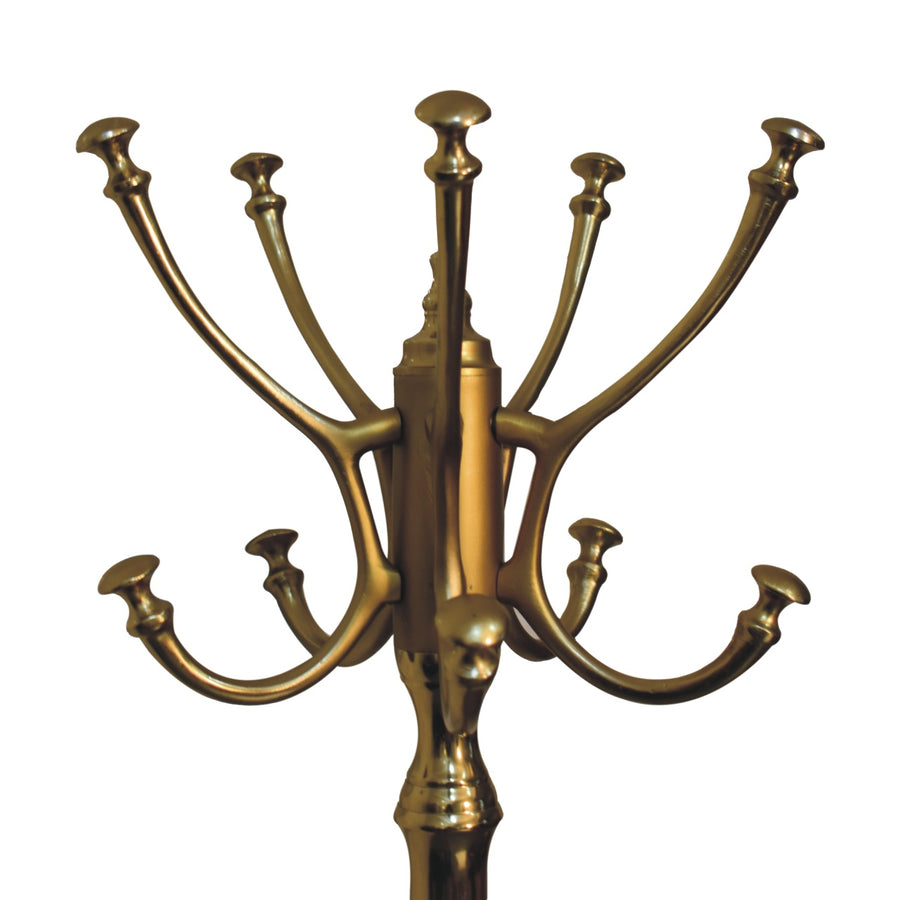
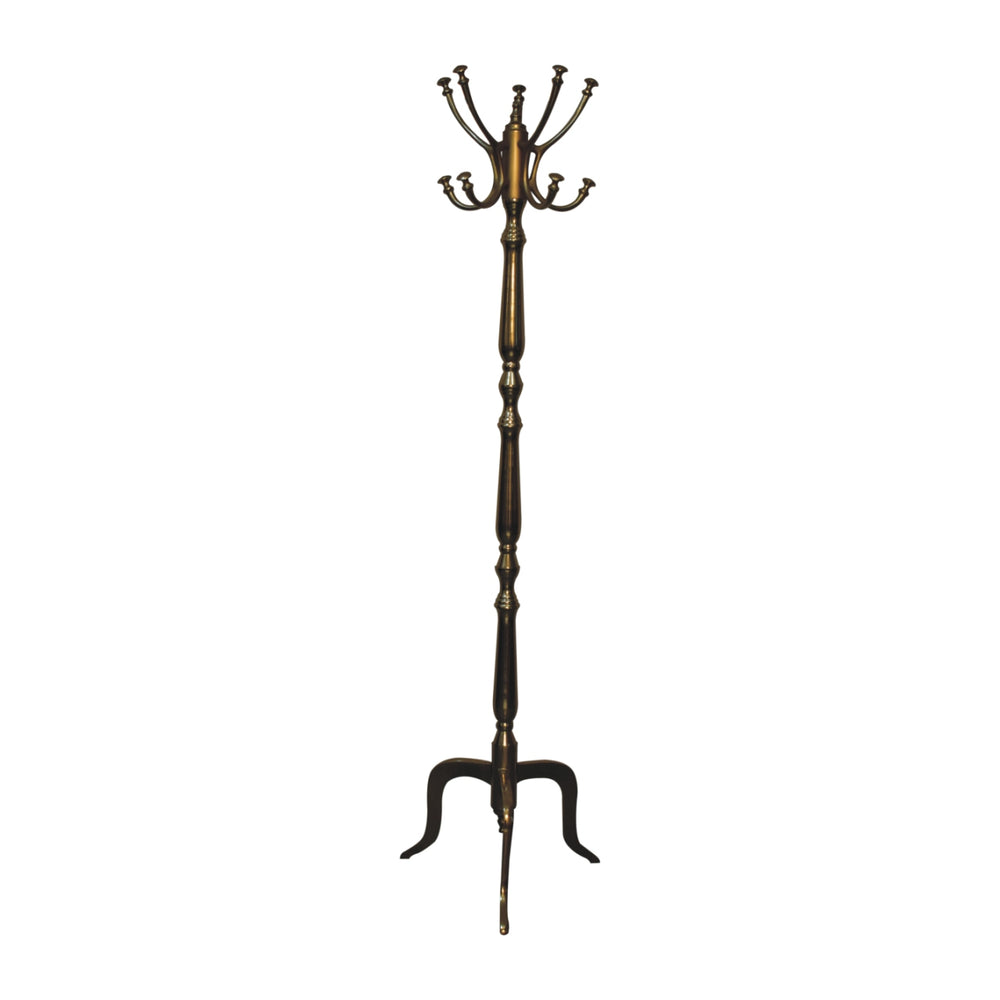
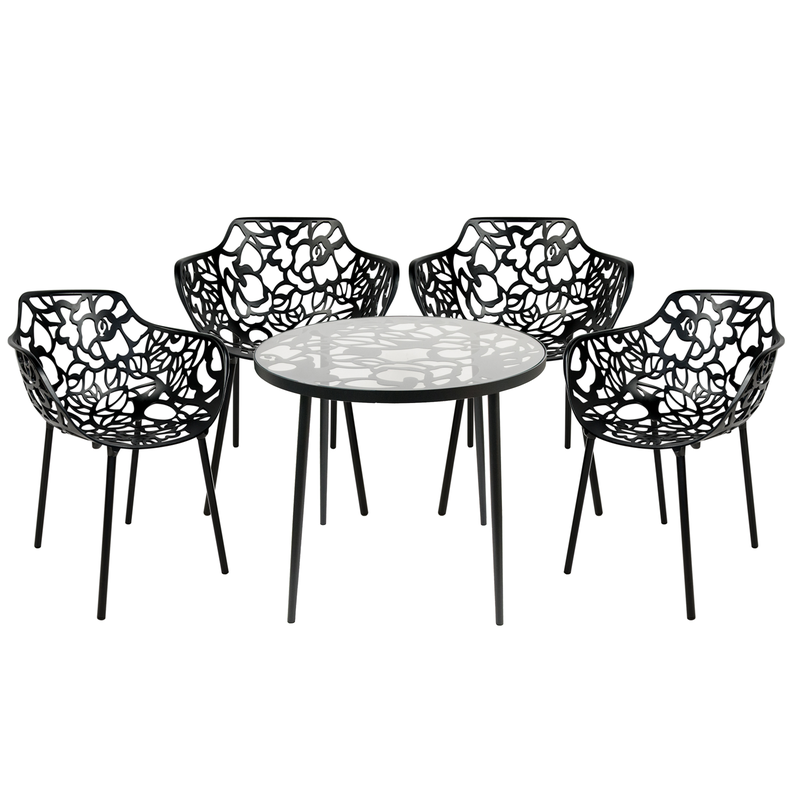
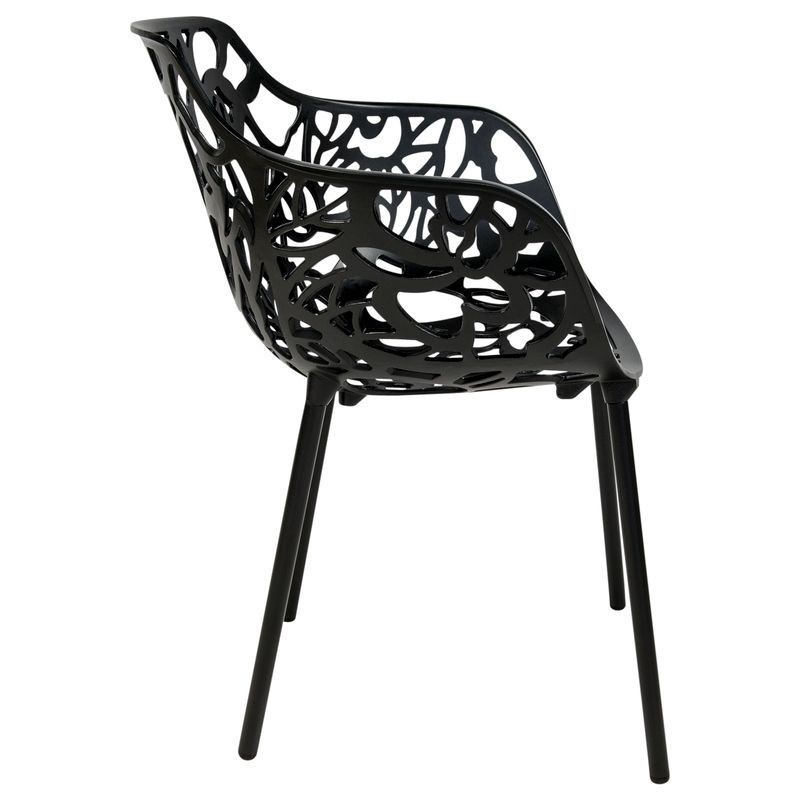
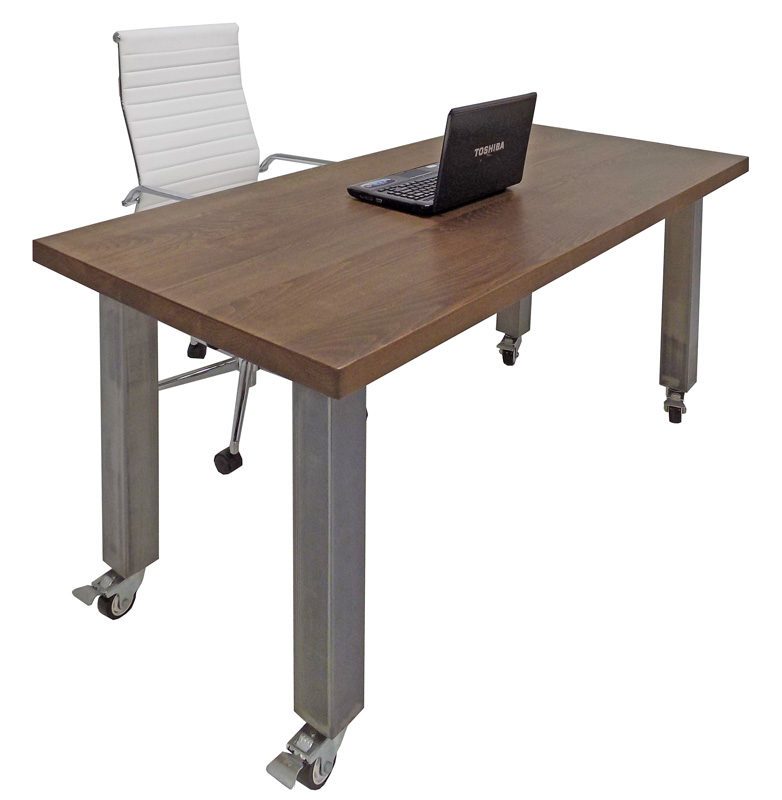
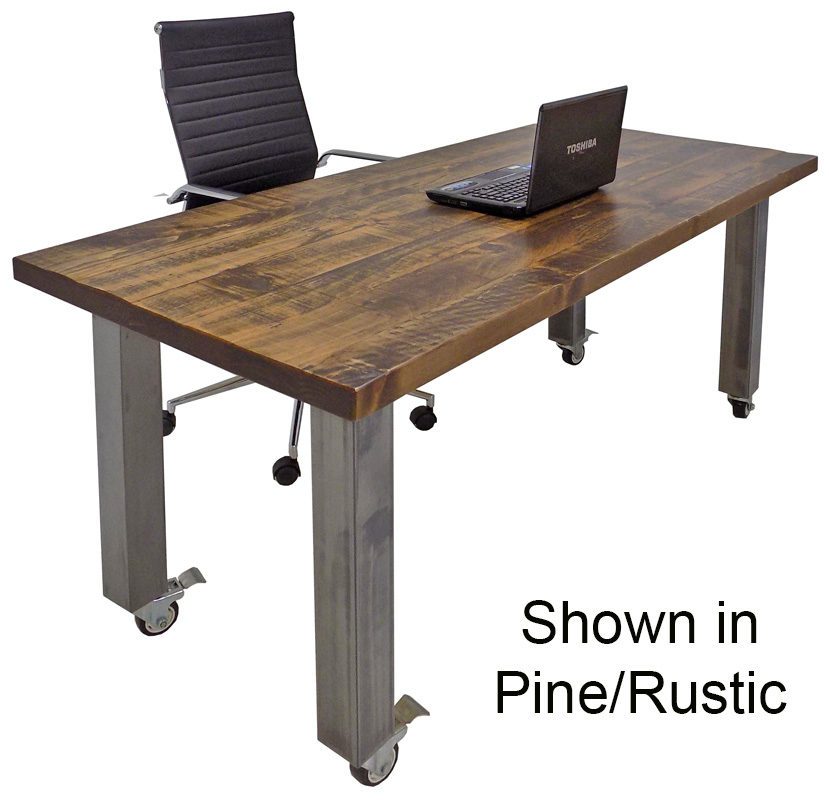
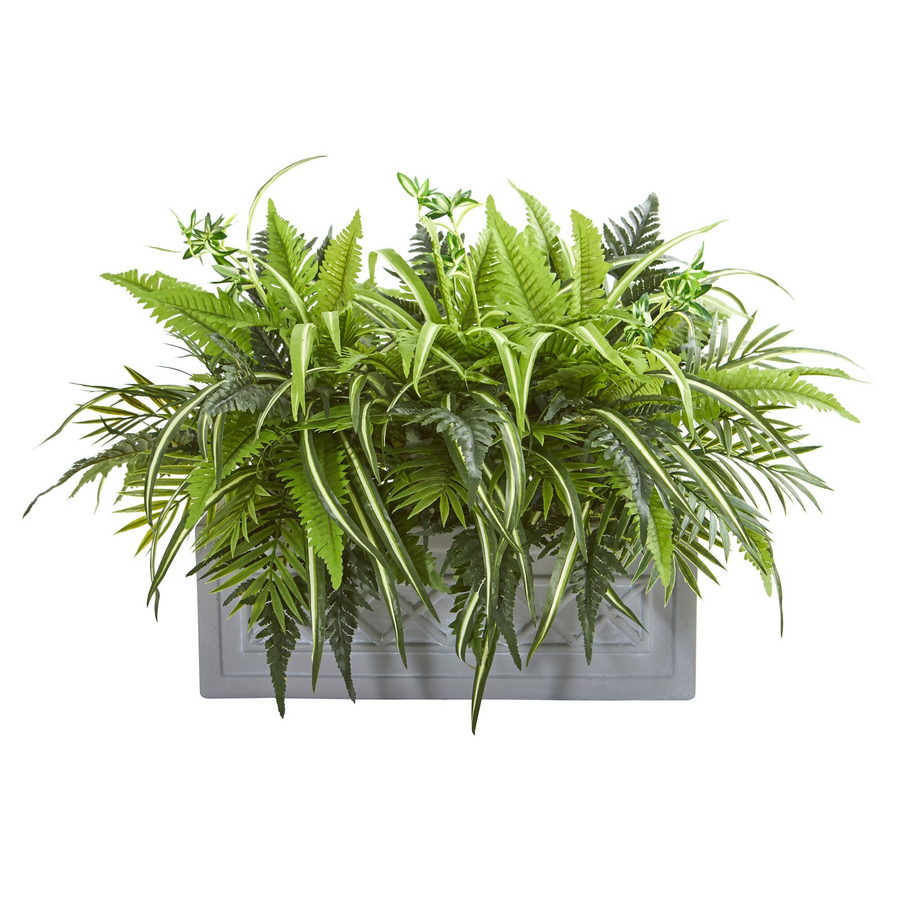

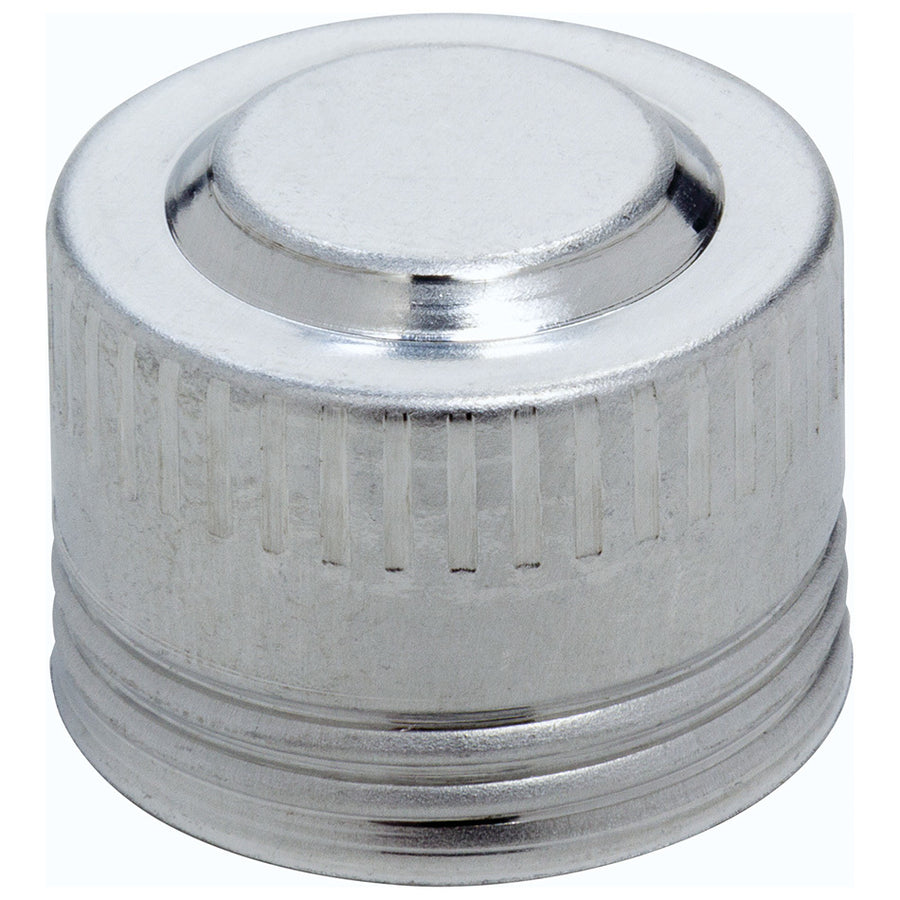
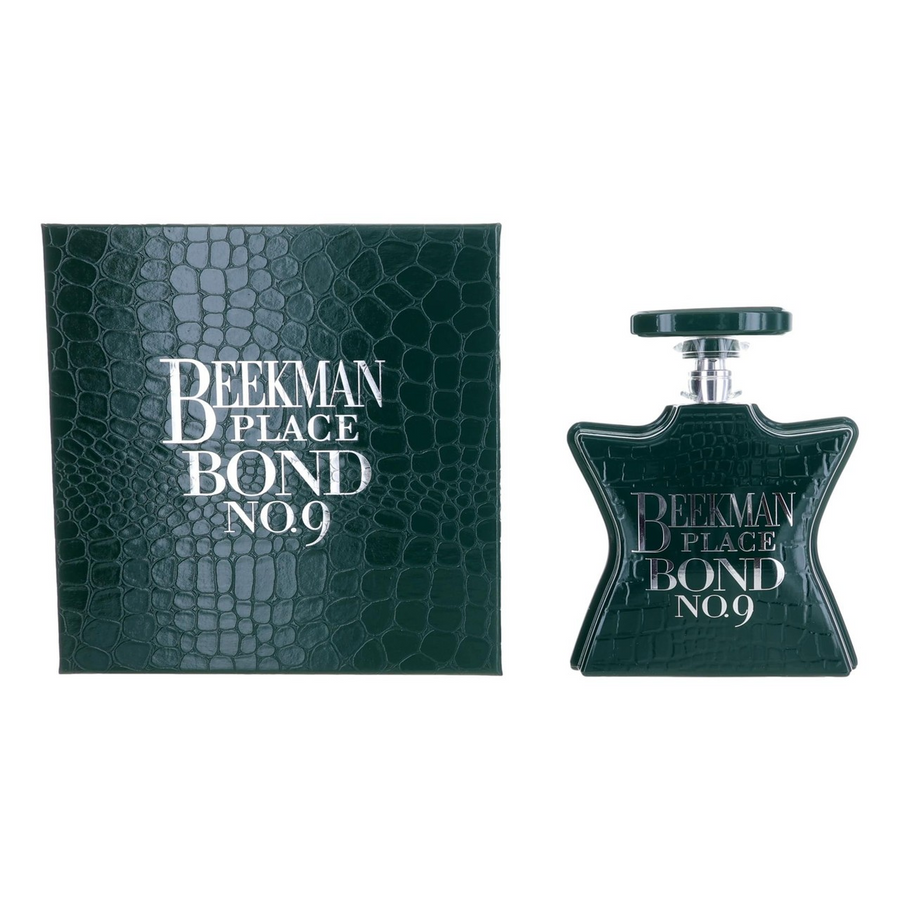

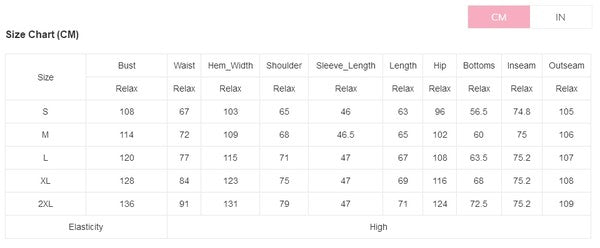







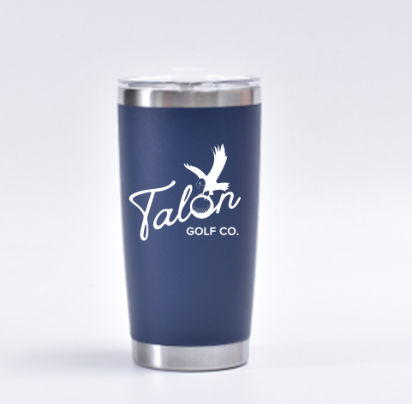


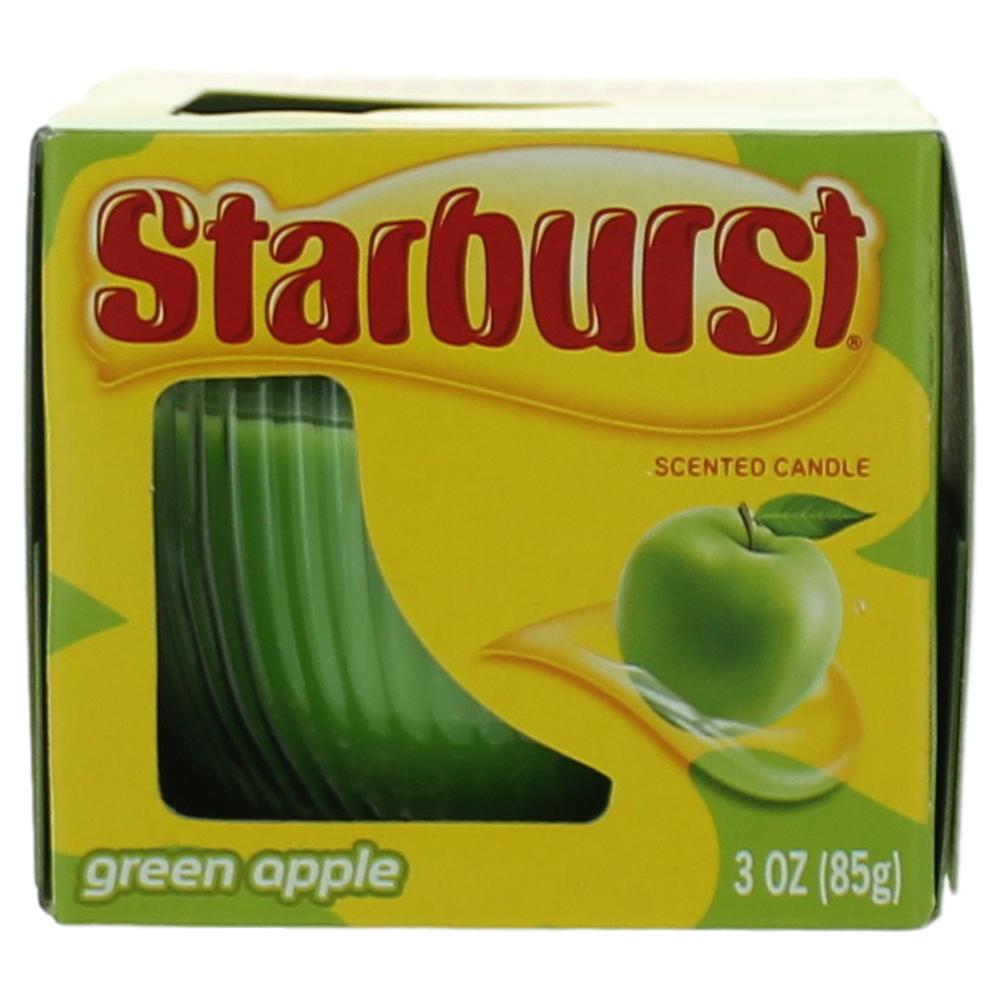
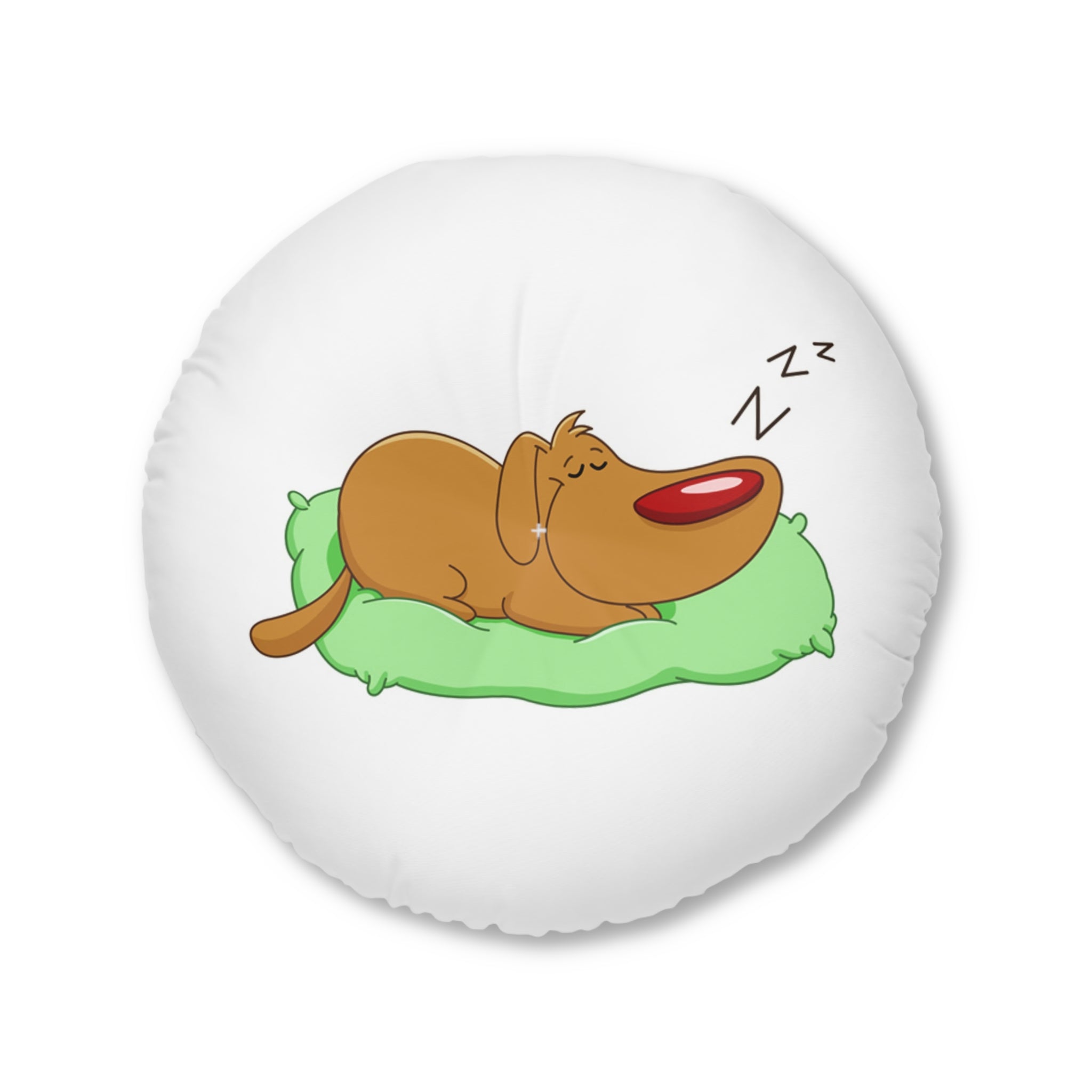


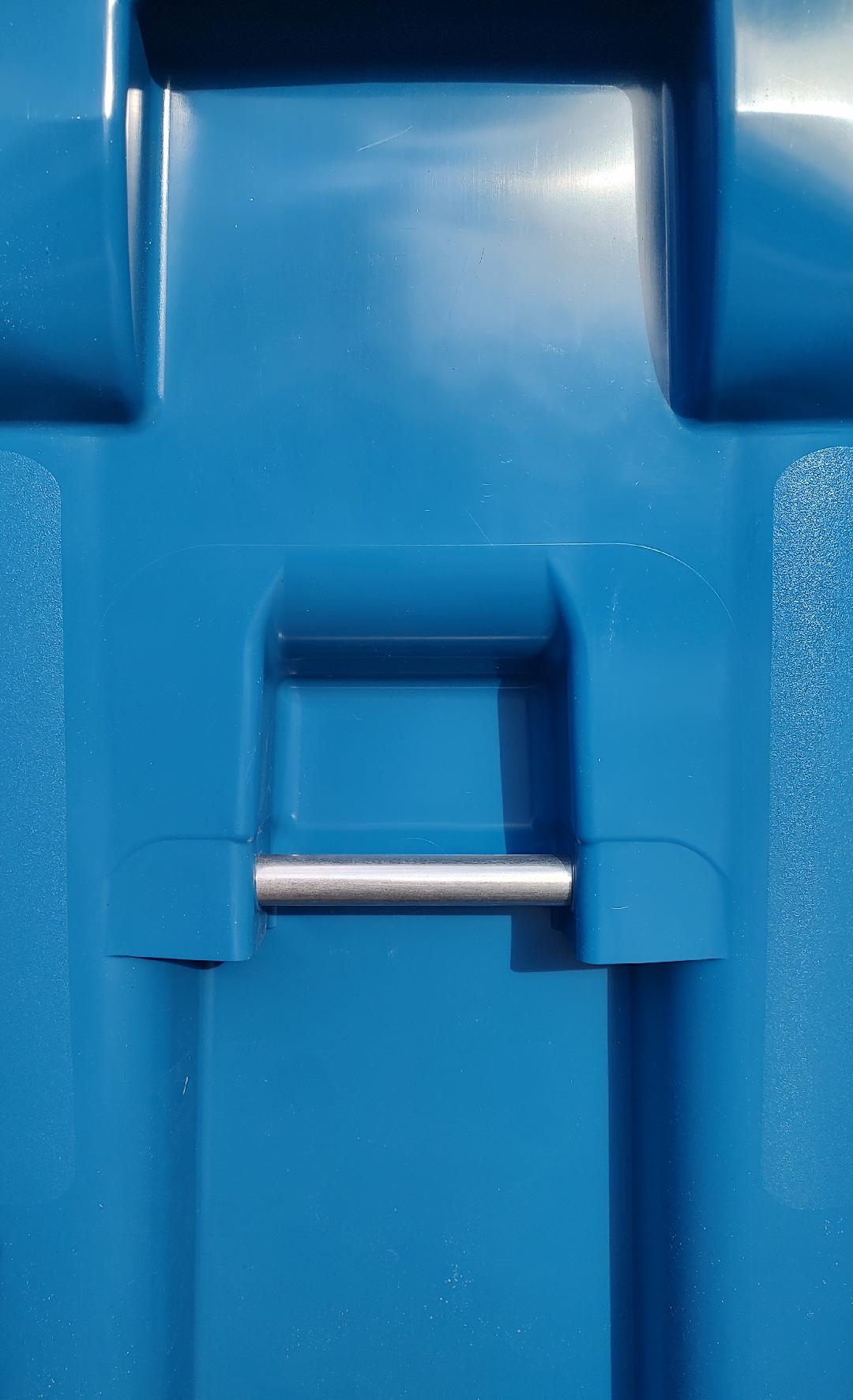










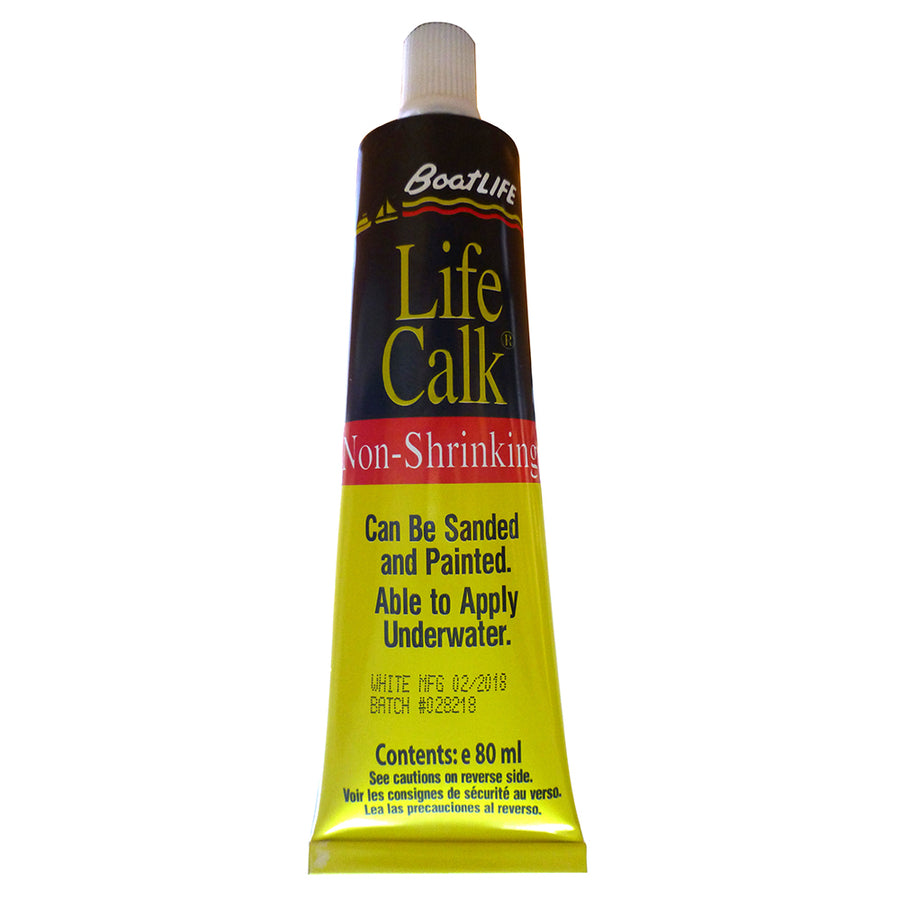
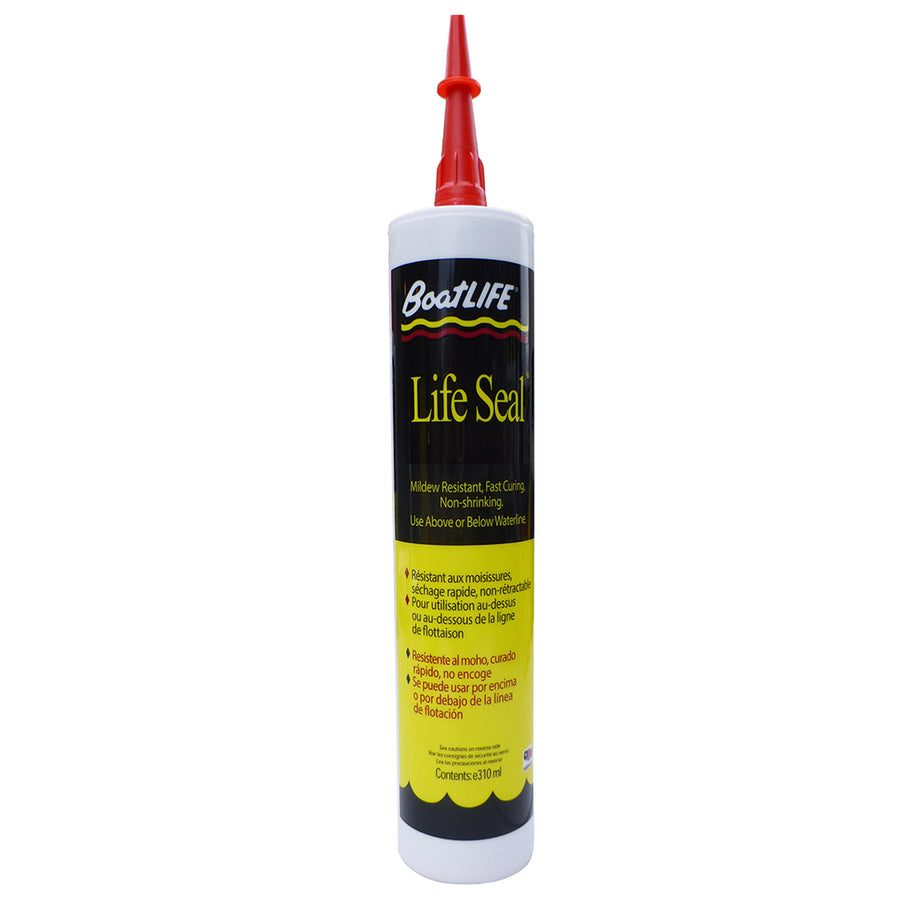
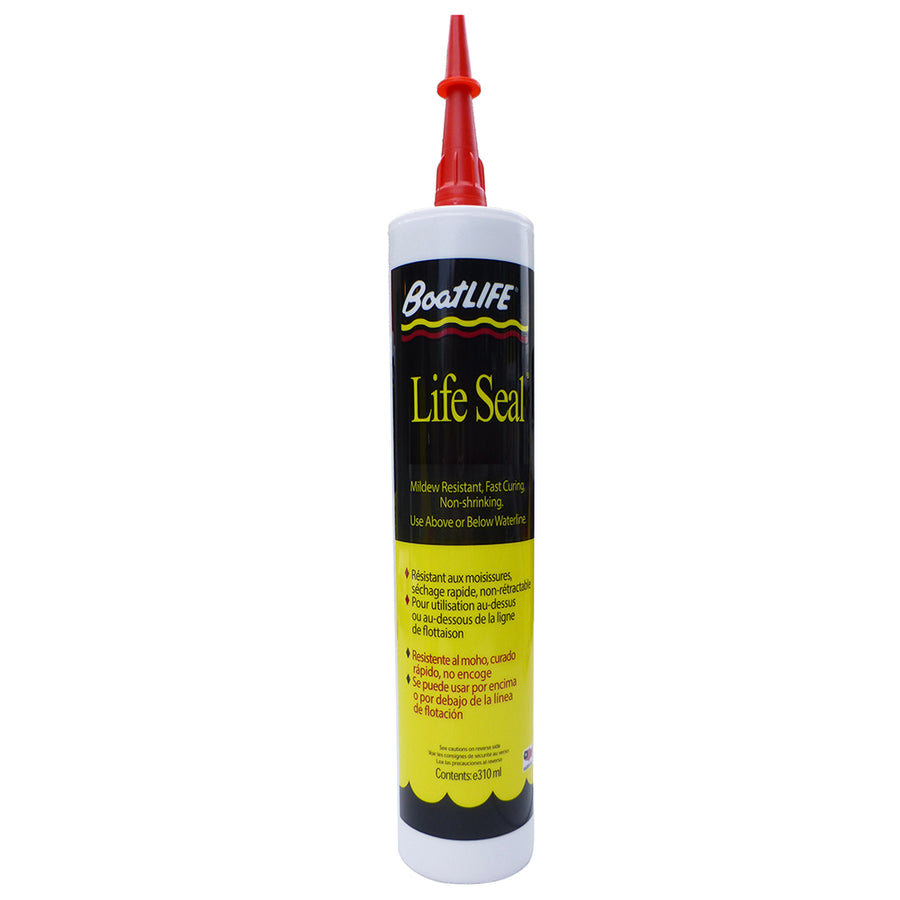







Leave a comment